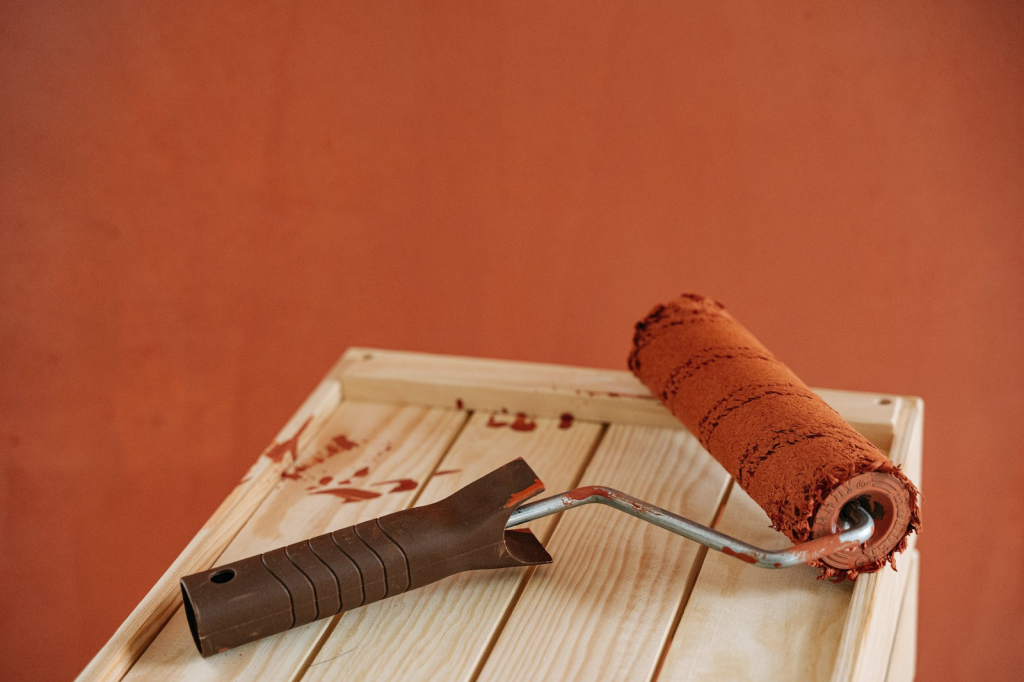Can Interior Paint be Used Outside?


No, they cannot be used for exterior surfaces because interior paints lack the ingredients needed to endure the weather. Therefore, the interior paint cannot be used on outdoor surfaces. Interior paint is thinner than exterior paint, so it does not adhere as well to outside surfaces, and you’d have to apply more coats to attain the same coverage. It would not look as even with numerous coats as it would with exterior paint. In this post, we shall take a good look at interior paint. This includes what it’s made of and why it’s best used indoors. We will also go over what to do if you do decide to take it outside. You should have a better knowledge of what interior paint is and why it is better suited for indoor use by the end of this post.
What Do You Need to Know About Interior Paint?
Interior paints are designed specifically for use indoors. They’re made to stick to various surfaces, reflecting or refracting light, and resist erosion and tear from prevalent use and cleaning. They also don’t have to deal with the freeze-thaw cycle’s contraction and relaxation, neither do they have to deal with the increasingly harsh components of the environment.
The base or liquid, additives, pigments, and binders are the four key elements of paint. Interior and exterior paints vary in their binders, pigments, and additives, which is why they are not substitutable. To mitigate health hazards from off-gassing, interior paints are formulated to have restricted amounts of volatile organic compounds (VOCs). The VOCs are the solvents that keep the paint from solidifying; as the paint dries, they deteriorate.
What Happens If Interior Paint is Used Outdoors?
Accidents happen when the wrong can of paint or did not realize there was a difference until it has already been applied on the surface. It is a mistake that can still be reversible when you have completed the task before realizing you have used the wrong paint. It simply implies that instead of ten to fifteen years, you will be repainting the surface in two to five years.
Interior paints are designed to preserve the protected surfaces of a building, not to survive the ravages of nature. It will fade faster and lacks the ingredients that protect against high temperatures, ultraviolet exposure, and excess moisture. It is up to you if you prefer to paint it over now or wait until the interior paint flakes in a year or two.
Even when you get strong protection with interior paint, the task is really not completed. You’ll notice that the interior paint on external surfaces degrades and breaks over time, prompting more repeated touch-ups.
What is the Best Paint for Outdoor Surfaces?
Acrylic paint is by far the most long-lasting of the bunch. It is durable, flexible, and resistant to fading from the sun as well as damage from rain and other environmental factors. Oil-based and water-based paints are the most common varieties. Oil-based paint is preferable for external usage because it contains alkyd, which is good for repelling dirt and coping with temperature and humidity changes. Oil-based paints are well-suited to outdoor painting since they are carefully made with ingredients that give them endurance.
